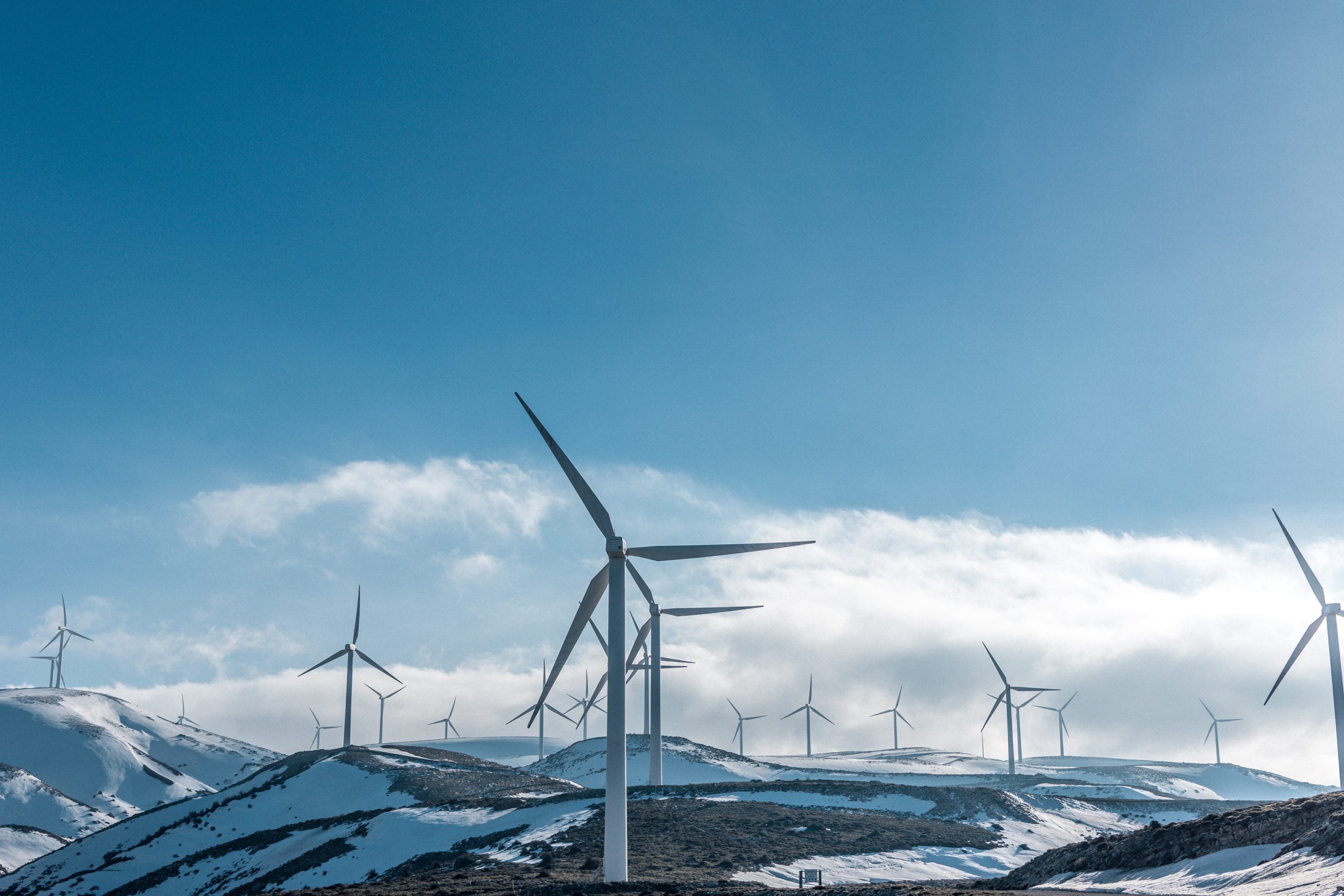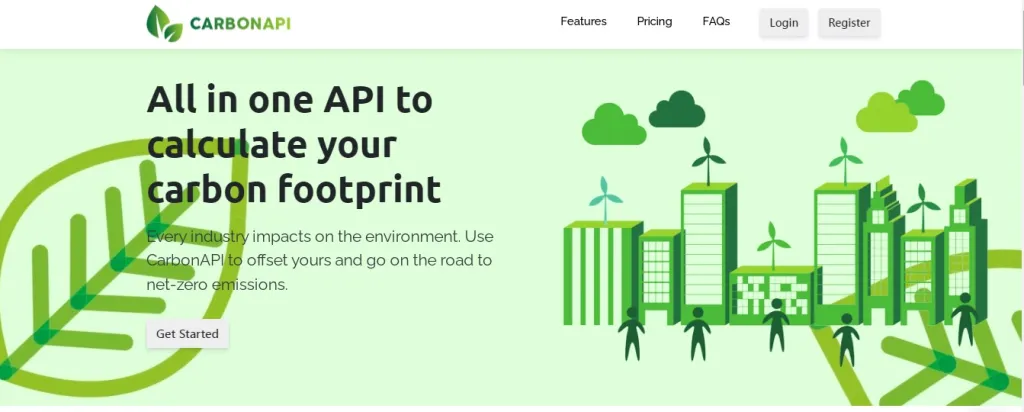Carbon footprints are a measure of how much carbon dioxide and other greenhouse gases we produce over time. Our actions, from what we eat to how we get around, all contribute to creating our individual carbon footprints – but it can be hard to track. Enter energy consumption converter APIs.
These innovative tools provide an intuitive way for us to track our individual carbon footprints and understand the overall effect of our actions on the environment. In this blog post, we’ll dive into what energy consumption converters are, how they work, and why they’re so important for tracking our impact on the environment.
Understanding Global Warming And Its Impacts
When it comes to climate change, global warming is one of the most commonly discussed topics. And for good reason – according to the Intergovernmental Panel on Climate Change (IPCC), human activity is the main driver of climate change. This consists of greenhouse gas emissions from things like burning fossil fuels and deforestation, which have increased exponentially in the last decades causing the Earth’s average temperature to increase.
This rise in temperature can cause a whole host of problems. It causes extreme weather events like hurricanes and floods, droughts, and heat waves. It can also lead to melting glaciers and rising sea levels, which can in turn displace people from their homes and disrupt natural ecosystems.
Climate change is a complex issue, but understanding global warming and its potential impacts is an important first step in tackling this pressing problem.
Introduction To Carbon Footprint And Energy Consumption
Carbon footprint is the total amount of greenhouse gas (GHG) emissions that come from an activity or product. It includes all emissions, including carbon dioxide (CO2), methane (CH4), nitrous oxide (N2O), and other GHGs.
Energy consumption, on the other hand, is the total amount of energy that an activity or product uses. This includes all forms of energy, such as electricity, natural gas, coal, and oil.
The two terms are often used interchangeably, but they actually have different meanings. Carbon footprint is a measure of GHG emissions, while energy consumption is a measure of total energy use.
Carbon Neutrality: How Companies Are Achieving It And the Benefits
As the world progresses, more and more companies are taking the initiative to go carbon neutral. Carbon neutrality is the state of having no net carbon emissions. This can be accomplished through a variety of means such as investing in renewable energy, planting trees, or offsetting emissions. The first step to taking action is to have knowledge of your emissions and your carbon footprint.
To calculate your carbon footprint, you need to know your energy consumption. That’s where our Energy Consumption Converter API comes in! APIs let your product or service communicate with other products and services without having to know how they’re implemented. With CarbonAPI, you can easily convert your energy consumption into GHG emissions. Simply enter your data into the API and it will do the rest!
Why Use CarbonAPI
CarbonAPI works by taking in data about energy use and turning it into useful information for consumers. The data used by the API comes from a variety of sources, and it is constantly updated with new data so that users always have the most accurate information available. This data is then processed and turned into emissions data that can be used to calculate a carbon footprint.
It is an API with great performance and is very easy to use and integrate into all types of digital platforms. And the best part, you can try CarbonAPI for free! This makes it an invaluable tool for anyone looking to reduce their carbon footprint.



